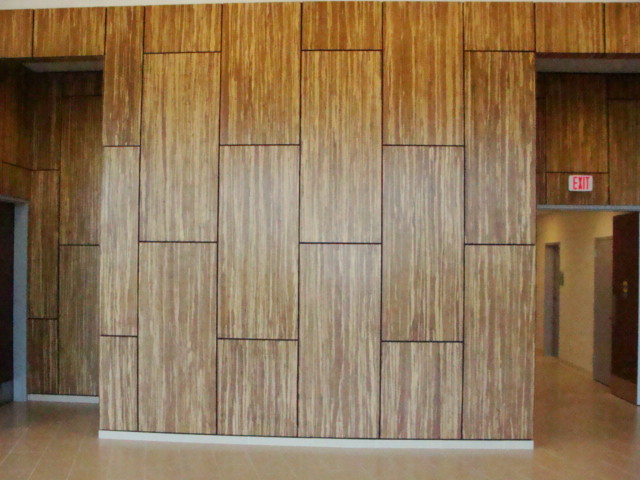In a still-recovering economy, here are several high-level best practices to guide green building projects.
Today’s smart architects and contractors know that whenever possible buildings should be designed and built green, but not everyone knows what determines a "green" space. How do you sustain a focus on sustainable building in a still-weakened economy? Here are the necessary steps and best practices for maintaining the momentum and keeping the sustainable building movement growing strong.
Best Practices for Sustainable Building
1.
Think of the Whole Project. Sustainability is about end-use, how a building functions for occupants within the community. Experts need to be involved from day one to work with architects and builders to develop the project as a team. Business needs must be determined to ensure they are effectively and clearly communicated to the team. Determining these needs ahead of time ensures all team members are able to assess different sites, communities, lots, and existing buildings when looking for the best fit.
2.
User-Based Planning. Construction utilities and internet connectivity must be added in the beginning to schematics, but technology and building needs should also be considered. Technology can shape the way a building is used and how people work and live in it. By focusing on the building’s future use, the planners can help identify early cost-savings, better floor plans and tighter specifications.
3.
Environmental Specifications. It is important to look at the complete picture of a building or new site when determining where to spend money for environmental and energy efficiency investments. In many buildings, especially single story brick buildings, the largest source of energy loss is through the walls as this is the largest surface area exposed to the exterior. Solar panels have a lot of sex appeal and show a commitment to “going green,” but cost to benefit ratio is not as high as some of the less visible upgrades. Spray foaming block walls to a depth of 2.5 inches can increase the R value (measurement of thermal resistance) by 500 percent, and this depth of foam also qualifies as a vapor barrier which prevents mold and condensation.
If the goal early on is to lower expenses associated with running the building, the architect and AV design partner (both should be involved early) can work together to design a space that utilizes and incorporates the natural resources of the site such as lots of sun, tree cover and orientation. For example, Spye Group’s newly remodeled building has dropped the lighting bill more than 50 percent due to installing many large windows and a lighting system that combines natural light with artificial light to obtain an optimal level in each office.
4.
Integrated Design. An emerging trend in sustainable building is integrating interior aesthetics, high performance technologies and environmentally-focused specifications to create a space built and tailored to exactly fit a user's needs.
Sustainability can also be measured as the optimal benefit of a space, not just a reduction in expenses as compared to the same square footage of another building. By incorporating technology and smart design into a building, a company may obtain more from employees, be more efficient, create more products and sell at a higher margin.
In addition, if a building is designed to grow with a company (designing it for the future) there will be unmeasureable savings when upgrading technology, operating the business there for many more years than someone who cut corners at the beginning and has to move or do a major remodel.
(Read More)
(Excerpt of
article by the Paul Krumrich, Founder and President, SpyeGlass. NOT AFFILIATED WITH LAMBOO)
In this new era of sustainable construction the industry will have to embrace new practices and materials to replace traditional forms that are no longer feasible. Bamboo is a example of one of these new ultra renewable resources that will be used to meet the demand for our growing society.
Bamboo as a resource is unmatched in its potential as a environmentally friendly, structurally stable and renewable building material. Bamboo produces 30% more oxygen and sequesters 35% more carbon than a like sized timber forest area. With a growth rate of 6-8 years to maturity (compared to timber 25-50) and root structure that eliminates the need for replanting bamboo can be produced on a large scale with much more ease than timber forests cutting costs and limiting energy consumption. Learn more about the amazing attributes of bamboo
here.
Additionally incorporating Lamboo
(LVB) laminated veneer bamboo into projects can earn
LEED (Leadership in Energy and Environmental Design) certification under MR Credit 6 - Rapidly renewable materials, IEQ Credit 4.4 - Low-emitting materials; ID Credit 1 - Innovation in Design (Environmentally Preferable Material), and ID Credit 2 - Innovation in Design (Life Cycle Assessment / Environmental Impact).
*Please refer to
USGBC for information regarding project requirements
For questions regarding Lamboo, our products, or to schedule an interview please
…
“MAKING INNOVATIVE THINKING A STANDARD” – Lamboo Incorporated
Blog by: Dustin Dennison















